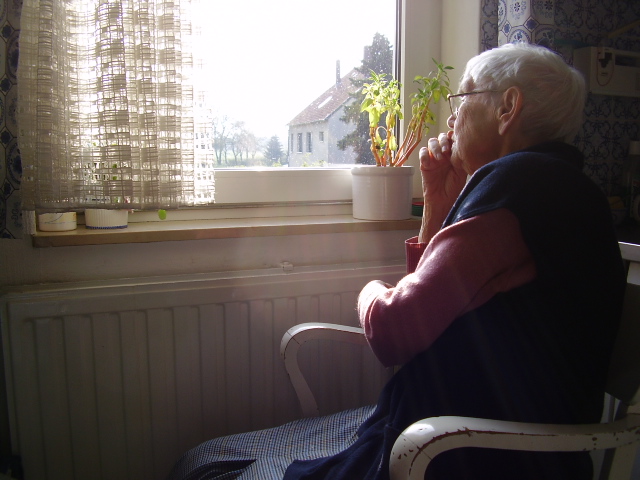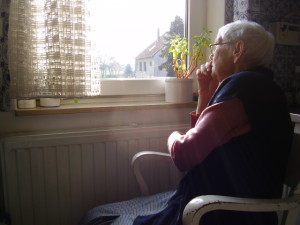When my family looked for houses, we tried to consider many different variables – school assignments, local parks, access to highways, drive time to work. What we didn’t factor in was life expectancy.
That’s right. >>New research from Virginia Commonwealth University shows that where you live affects your health. Specifically, the zip code where you are born and live impacts your life expectancy.
Fortunately, we picked a county – Wake – that has one of the highest life expectancies in North Carolina at 80 years. Our zip code also stacks up pretty well in the Triangle, with a life expectancy of 83 years. That’s good news for my family, and especially for my kids.
But it is not nearly as good as the Brier Creek area – zip code 27617 – which has a life expectancy of 88 years! On the other hand, it is far better than Columbus, Martin, Robeson, or Swain counties, which hold the dubious honor of sharing North Carolina’s lowest life expectancy at 73 years.
The research – and the accompanying maps – was designed to begin a conversation about health inequality, and, boy, does it make an impression. Realizing that just a few miles can make a significant difference in terms of health and wellness is eye opening. There’s just about 90 miles between Wake County and Martin County, but driving along US 64, you 7 years drop off life expectancy.
The research also underscores the characteristics of a community that can actually contribute to health. Communities that have access to a variety of stores with fresh produce and quality food promote healthy eating. Those that have green spaces and recreation areas promote physical activity. And, those that are close to health facilities and doctors promote preventive health and regular screenings.
Education is closely linked to health as well, as underscored by research from the >>National Bureau of Economic Research . Using data from the National Longitudinal Mortality Study (NLMS), the researchers found that one more year of education increases life expectancy by 0.6 years. In Orange County, which has one of the highest life expectancies at 80 years, nearly 56 percent of residents have at least a bachelor’s degree. In contrast, just 12 percent of those in Robeson County have a bachelor’s degree, and the life expectancy is one of the lowest.
Unfortunately, this research also reminds us, yet again, of the demographic factors that have such a profound impact on health, particularly income and ethnicity. Wake County, which we’ve noted has one of the highest life expectancies, has a median household income of $66,000. Compare that to Martin County, which is near the bottom in terms of life expectancy and has a median income of $35,000. Orange County, which is also one of the top counties for life expectancy, is a staggering 77 percent white. Not surprisingly, Robeson County has one of the lowest life expectancies and is just 32 percent white.
It is a powerful cycle of disadvantage, advantage and opportunity. With the tangle of factors impacting community health, there is no silver bullet to equalizing health across our neighborhoods.
The answer is not simple, but it is clear – and it is the right thing to do. We must continue to work to provide quality education in each and every county across the state. We must strive to increase access to quality healthcare by expanding Medicaid. And we must utilize public and private resources to ensure that all our communities promote health and wellness.


There are no comments
Add yours